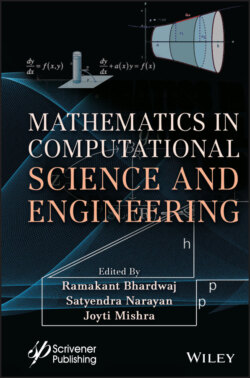Читать книгу Mathematics in Computational Science and Engineering - Группа авторов - Страница 55
2.10 Final Remarks and Conclusions
ОглавлениеAttempts are made herein to explain ill-posed inverse problems and resistivity inversion in the field of electrical geophysics. A detailed mathematical basis for sensitivity analysis and multi-dimensional resistivity inversion has been introduced and discussed. Furthermore, this article has investigated the feasibility of monitoring in-situ processes of EOR/IOR projects and geo-environmental processes with an improved resistivity method. The numerical studies, discussed herein, demonstrate that the subsurface-to-surface electrical resistivity methods have greater promise for monitoring shallow EOR/IOR projects and geo environmental processes. Resistivity monitoring in the case of deeper reservoir structures may be further improved using a borehole-to-borehole resistivity method. It may also be combined with the subsurface-to-surface electrical resistivity methods. A physical format of dynamic adaptive inversion for EOR/IOR monitoring and in-situ processes has also been presented briefly. The sensitivity theory for resistivity monitoring is an important element and it is extensively covered here. Mathematical driven case examples are explained.
Detailed sensitivity analyses of in-situ processes, surface voltage/potential field measurements with fixed electrodes strategy, new approaches to electrical resistivity anomaly enhancement, and mathematically driven theoretical approach for the interpretation of time differenced field resistivity data or potential field data in terms of resistivity changes indicate that the dynamic adaptive inversion method is feasible. Several numerical modelling studies have clearly demonstrated that the electrical resistivity method is well suited for monitoring in-situ processes provided current dipole/excitation source is optimally installed with respect to the zone to be monitored. Sampling potential field with different electrode spacing is an economical and a better choice for EOR/IOR and geo-environmental in-situ processes [32]. Additionally, several subsurface-sampling electrodes may further help in accurately delineating propagation of fluid front and identification of swept anomalous zones.
The physics of steam-front movement in IOR projects as a result of an injection process is different and complex, compared to the movement of a hot-water front. On the other hand, hot-water fronts may show large-scale fingering complexity. IOR projects involving steam injection create higher resistivity contrast, compared to IOR projects involving hot-water injection. The numerical studies [32] for the reservoir model involving a simple scenario of fluid-front propagation suggest that the monitoring of hot-water and steam fronts based on the measurement of differenced response is easier to understand only for a simpler resistivity distribution.
